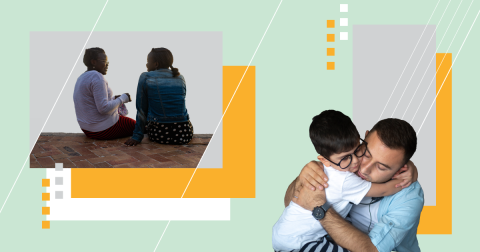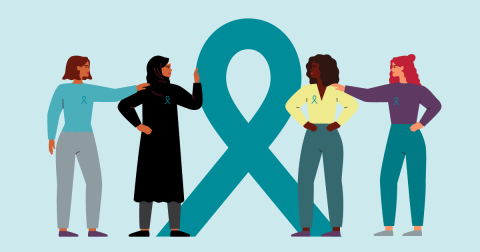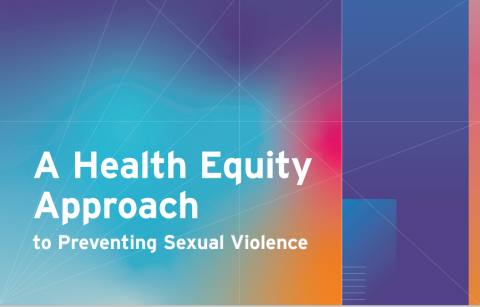- Sep 16, 2021
- JL Heinze
Trauma — it’s a word we might use often, but not grasp to its full extent. Although it varies in degree and content, everyone experiences trauma. In fact, our relationships with trauma dictate much of how we both experience and move through the world. Trauma isn’t one specific thing; it can be layered, complex, or even repressed so that we are unaware of it. Although difficult to define because of its diversity, in essence trauma is the opposite of safety.
- Sep 15, 2021
- Winnie Gunther
What is a rape crisis center? When were they founded? Where can you find one? And what services do they provide? Despite the expansion of rape crisis centers over the past few decades, many people still have questions about these important local resources.
Find the answers to these questions and more here.
- Aug 26, 2021
- JL Heinze
"A health equity approach to preventing sexual violence means that we need to both understand and address the factors that contribute to violence and safety and factors that expose some communities — especially communities that have been historically oppressed — to higher rates of sexual violence". (NSVRC, 2019)
Prefacing Health Equity:
- Aug 23, 2021
- JL Heinze
Las redes de apoyo son muy importantes en detectar estas señales y prevenir los entornos de la víctima.
- Aug 23, 2021
- JL Heinze
Las víctimas de tráfico provienen de múltiples entornos, contextos, son diversos y a veces pasan desapercibidas.
- Aug 23, 2021
- JL Heinze
Traficantes de personas pueden ser miembros de cualquier “status” social.
- Aug 23, 2021
- JL Heinze
La pandemia de la COVID-19 ha mostrado de forma más clara las tendencias y patrones del tráfico.
- Aug 23, 2021
- JL Heinze
As the risks of trafficking increase, knowing the signs becomes all the more important.
- Aug 23, 2021
- JL Heinze
Human traffickers can be members of any social status, demographic, and profession.
- Aug 23, 2021
- JL Heinze
Trafficking victims come from many different types of backgrounds — they are diverse and often go unnoticed.
Pagination
- Previous page
- Page 16
- Next page










